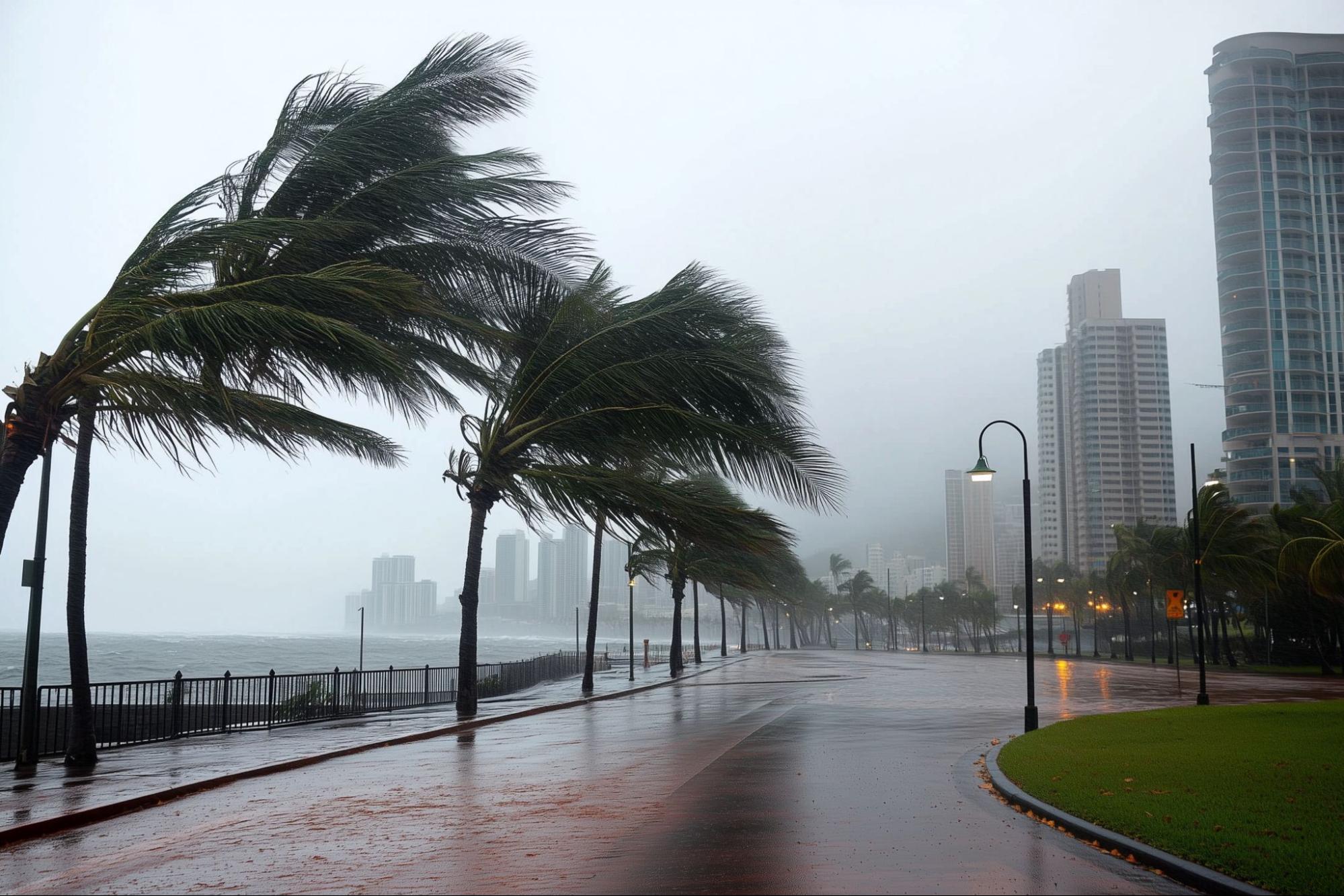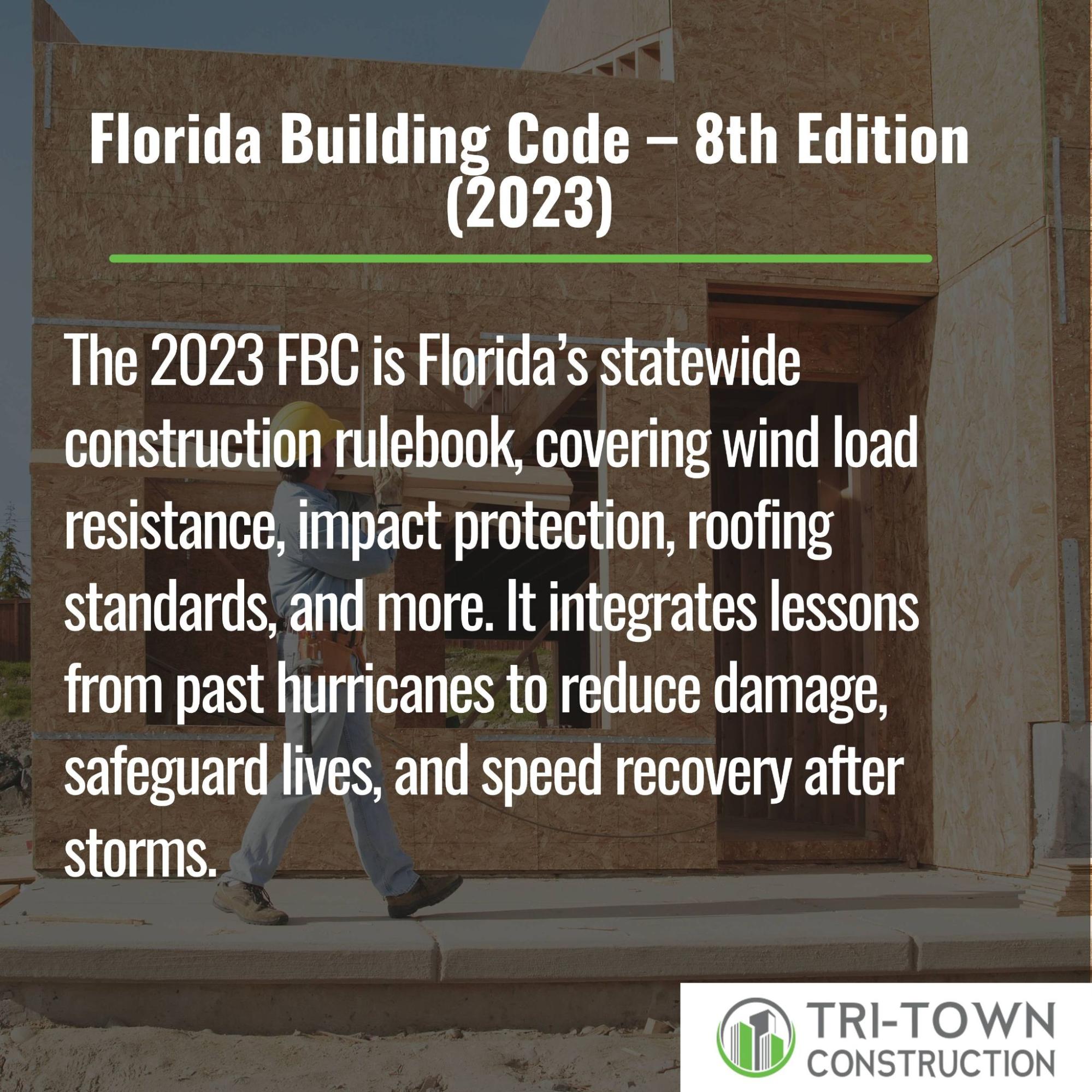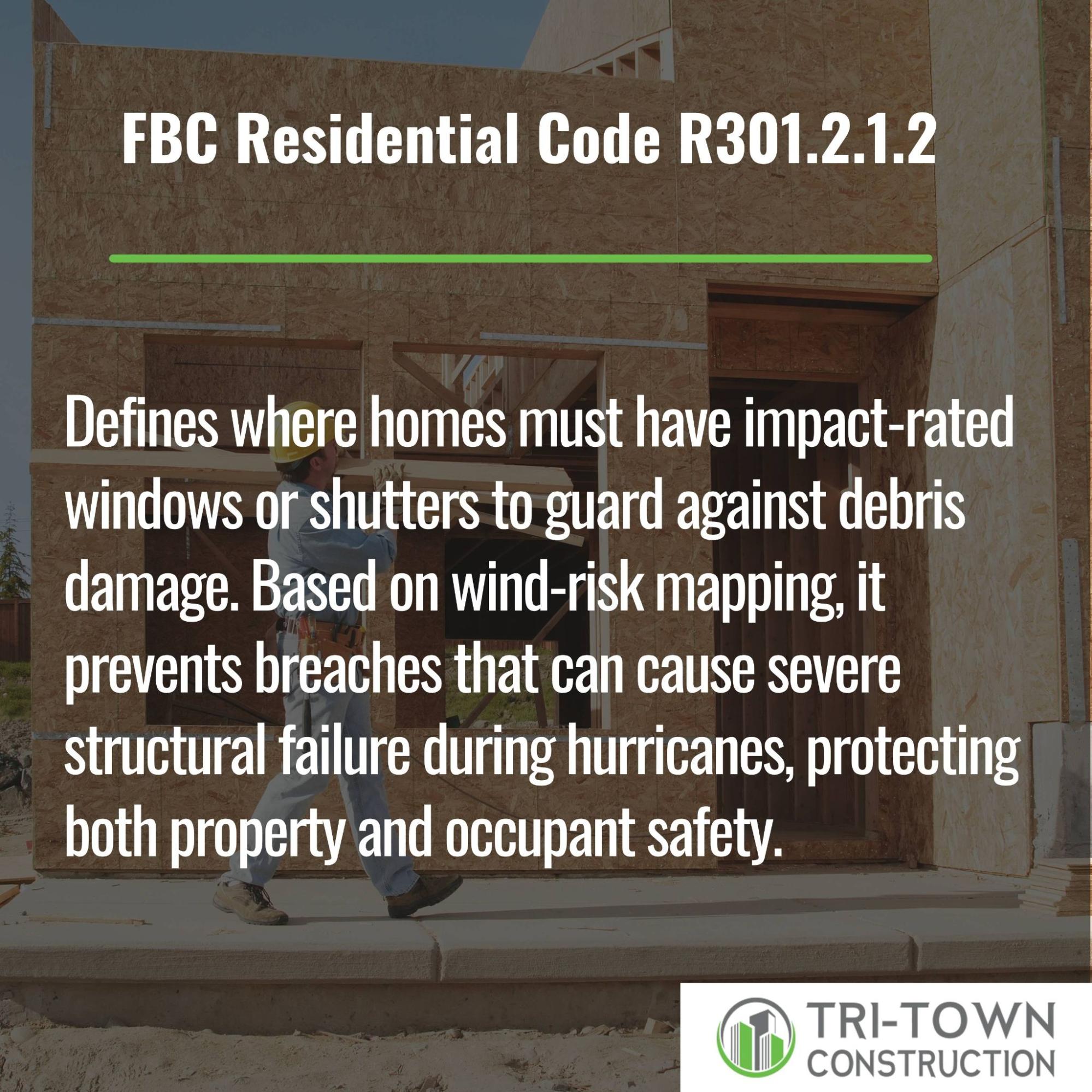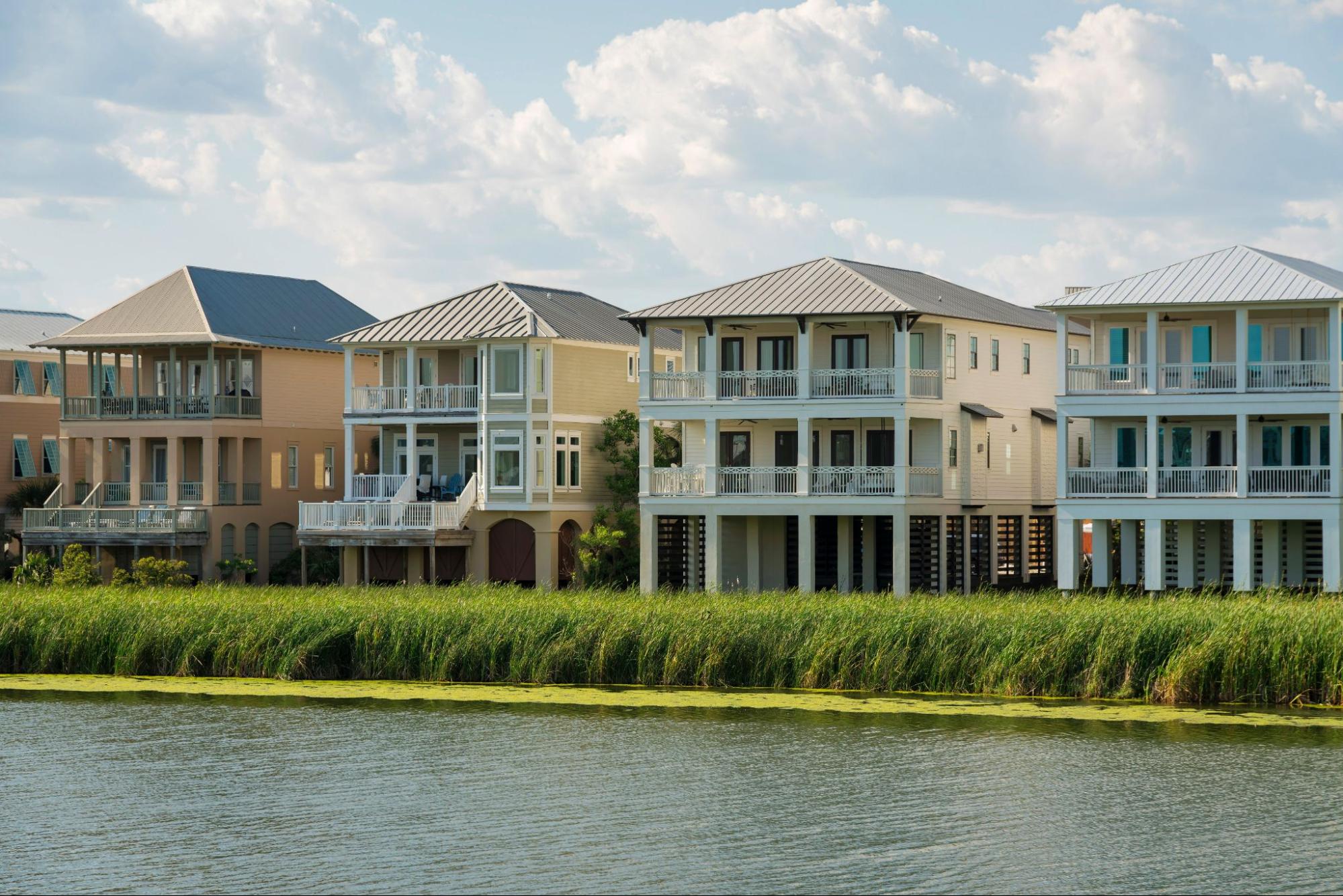How Florida Homes Are Engineered for Hurricane Safety
Florida homes are built to withstand hurricanes thanks to strict building codes, elevated foundations, and storm-resistant materials that help protect against wind, flooding, and structural failure.
Hurricane-Resilient Homes in Florida: What You Really Need to Know
Florida homes aren’t just built for the sun, they’re built for the storm. Over decades, the state has developed some of the toughest residential building standards in the U.S., especially after Hurricane Andrew changed everything in 1992.
If you’re living in Florida or planning to, here’s what matters most:
- All new homes must follow the Florida Building Code (FBC), enforced statewide since 2002
- Wind resistance is engineered by zone, with coastal homes designed for 180+ mph
- Impact-rated windows and doors are mandatory in debris zones
- Homes must be elevated above Base Flood Elevation (BFE) in flood-prone areas
- Hurricane straps, roof sealing, and continuous load paths are required to hold structures together
- Retrofitting older homes with metal roofs, shutters, and bracing can significantly boost safety
- ICF walls, modular builds, and solar backups are rising trends for homes that go beyond code
Whether your home is new or pre-2002, smart upgrades can make it stronger.
What truly sets hurricane-ready homes apart is how top Florida builders go beyond code, and why that matters now more than ever.
Living in Florida Means Facing the Storm — But That Doesn’t Mean Losing Your Home

Florida’s weather is both beautiful and serious. The sunshine comes with seasonal risks, including hurricanes, flooding, and powerful winds.
But understanding those risks is the first step to feeling safer in your own home.
1. Hurricanes Are Part of Life Here
Every year, the Atlantic hurricane season brings tropical storms, heavy rain, strong winds, and damaging storm surge.
No part of the state is untouched, even inland areas can feel the impact when a major storm rolls through.
2. Storms Are Getting Stronger
While not every year is extreme, storms are growing more intense. Rising ocean temperatures are fueling stronger winds, heavier rainfall, and slower-moving systems.
That means more potential for flooding and damage, especially along the coast.
3. It’s Normal to Worry, Especially If You’re New
If you’ve recently moved to Florida, it’s normal to wonder, “How bad will it really be?”
That fear goes beyond just property, it’s about protecting your family, your finances, and your ability to recover after the storm passes.
4. Not All Homes Are Built the Same
The good news is, many homes in Florida are built to handle these conditions. Modern construction follows strict safety codes designed to stand up to hurricanes and give homeowners real peace of mind.
Next, we’ll look at how Florida’s building codes work, and why they’ve become some of the toughest in the country.
Helpful Resource → Florida Hurricane Insurance: What’s Covered & What’s Not
Why Florida Building Codes Are Some of the Strongest in the U.S.

Florida homes are designed with storms in mind.
Decades of hurricanes have shaped some of the nation’s strongest building codes, setting strict standards to ensure homes can withstand high winds, flooding, and structural stress.
1. The Turning Point: Post-Andrew Reform and FBC Standards
Hurricane Andrew in 1992 revealed widespread construction failures across South Florida.
In response, the state introduced a unified system: the Florida Building Code (FBC), implemented in 2002.
All new homes must now comply with FBC mandates covering wind loads, structural integrity, impact protection, and flood resistance.
The code is updated every three years to keep pace with science and risk modeling.
2. Wind Zones and Impact Resistance

FBC § R301.2.1 requires homes to be engineered for wind speeds based on regional maps, ranging from 110 mph inland to over 180 mph in High-Velocity Hurricane Zones (HVHZ).
Coastal areas fall under Wind-Borne Debris Regions (FBC § R301.2.1.2), where impact-rated windows and doors are mandatory.
These systems must pass missile impact testing to prevent internal pressurization.
3. Anchoring, Load Paths, and Roof Design
The FBC requires a continuous load path (FBC § R301.1), ensuring the roof is tied to walls, and walls to foundations using hurricane clips and straps.
In HVHZ areas, roof deck sheathing must be sealed (FBC § R905.1.1.1) to limit water intrusion if shingles are compromised.
Hip roofs are favored for their aerodynamic performance under lateral wind pressure.
4. Flood Protection and Elevation Requirements
Under FBC § R322, homes in flood zones must be built above Base Flood Elevation (BFE), with many jurisdictions requiring additional freeboard.
Breakaway walls are required for enclosures below elevated floors (FBC § R322.2.2), allowing floodwaters to pass without damaging the main structure.
5. Permits, Inspections, and HUD Compliance
The FBC mandates permitting and inspection of tie-down systems, anchoring, and load path connectors, particularly in manufactured homes.
These must also meet HUD Wind Zone II or III standards, depending on location, ensuring they’re rated for the wind conditions expected in that part of the state.
Florida’s building code is one of the main reasons why newer homes perform better during hurricanes.
In the next section, we’ll look at how builders are going beyond these minimums to create homes with even greater levels of protection.
Helpful Resource → Cost to Build a Beach House in Florida (2025 Guide)
What Florida Builders Are Doing Beyond Code to Create Storm-Ready Homes
The Florida Building Code sets the standard, but some builders go beyond it, designing homes to stay strong, secure, and livable even after a major storm.
1. ICF Walls and Reinforced Foundations
Insulated Concrete Forms (ICFs) are becoming a top choice for storm-resilient construction.
Unlike standard concrete block (CMU), ICF walls combine reinforced concrete with high-density foam, offering greater strength, flood resistance, and insulation.
They also perform better in impact zones and help reduce outside noise, a welcome bonus during hurricane season.
2. Modular Innovation and Wind Engineering
Today’s modular homes, when engineered properly, can outperform traditional site-built homes in wind resistance.
Built in controlled environments, they benefit from tighter construction tolerances and upgraded materials.
Builders often reinforce these homes with southern yellow pine framing, steel rebar, and airtight envelopes that reduce vulnerability to wind intrusion.
3. Power Security and Efficiency
Advanced homes are now designed to operate off-grid during storms.
Solar panels combined with battery backups, like those used in Hunters Point, keep essentials running even when the grid goes down, providing not just safety, but comfort.
Builders can’t make homes hurricane-proof, but with the right materials and design, they can get remarkably close.
Next, we’ll look at how elevation plays a critical role in protecting homes from storm surge and flooding.
Raising Your Home — Protecting Your Future

Flooding is often the most damaging part of a hurricane. Elevating your home isn’t just code, it’s one of the smartest ways to reduce long-term risk.
1. Why Elevated Foundations Matter
Homes built on elevated foundations are far better protected from water intrusion.
Raising the living space reduces the risk of floodwater reaching electrical systems, flooring, insulation, and other vulnerable materials.
For homes near the coast, this can mean the difference between minor cleanup and major rebuilding.
2. Code and Beyond: Going Higher Than BFE
The Florida Building Code (FBC § R322) requires new homes in flood zones to be built above FEMA’s Base Flood Elevation (BFE).
But many builders go 1 to 3 feet higher than required. This extra height, known as freeboard, adds another layer of safety and can help reduce insurance premiums.
3. Financial Help for Elevation
FEMA and local programs may offer grants or incentives to help offset the cost of elevating a home, especially during renovations or post-storm rebuilding.
In some cases, elevating a structure can lead to lower long-term flood insurance rates, making it a smart investment.
4. Modern Features for Elevated Living
Raised homes are now built with convenience in mind.
Ground-level areas often include breakaway storage that safely releases during a flood without damaging the main structure.
For multi-story homes, residential elevators are becoming more common to ensure accessibility.
Elevation is one of the most effective ways to reduce flood risk.
In the next section, we’ll cover the upgrades homeowners can make, even to older homes, to improve hurricane protection where it matters most.
Safe Doesn’t Have to Mean New
View this post on Instagram
Homes built before 2002 may not meet current codes, but targeted upgrades can still make them far more storm-resilient, without needing a full rebuild.
1. Metal Roofs: Durable and Wind-Resistant
Swapping out an aging shingle roof for a metal roof is one of the most effective upgrades you can make.
Metal roofs offer greater uplift resistance and fewer entry points for water.
When installed with sealed underlayment, they provide an added layer of protection during high-wind events.
2. Roof-to-Wall Straps: Small Fix, Big Impact
Many older homes lack proper roof-to-wall connections. Retrofitting with hurricane straps or clips is a cost-effective way to strengthen the home’s structural load path.
It helps prevent roof separation during uplift, one of the most common types of storm damage.
3. Windows, Doors, and Shutters
You don’t always need full window replacement to upgrade protection. In some cases, impact-resistant films or inserts can be added to existing frames.
Still, installing impact-rated windows and garage doors remains the gold standard. At a minimum, storm shutters can add critical defense against debris.
4. Roof Deck Sealing and Inspection
A professional inspection can reveal weak points like loose roof sheathing, degraded flashing, or unsealed openings.
Applying a sealed roof deck system, as required under FBC for new construction, helps keep water out if your roof covering is damaged.
5. Don’t Overlook the Garage Door
Older garage doors can buckle under pressure, compromising the entire structure. Upgrading to a wind-rated model helps maintain the home’s integrity and prevents internal pressurization that can lead to roof failure.
Not every upgrade has to happen at once, but even small improvements can go a long way.
Hurricane-Ready Living Starts with the Right Decisions

Florida’s weather isn’t changing anytime soon, but the way we build can.
From code-compliant structures to smart upgrades like impact windows and elevated foundations, homeowners have more tools than ever to protect what matters.
Whether your home is new or decades old, making it hurricane-ready isn’t just possible, it’s necessary.
Looking to build or upgrade a home that can stand up to Florida’s toughest storms?
Tri-Town Construction specializes in hurricane-resilient homes built to last, with the materials, methods, and experience Southwest Florida families can trust.


